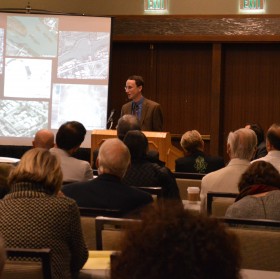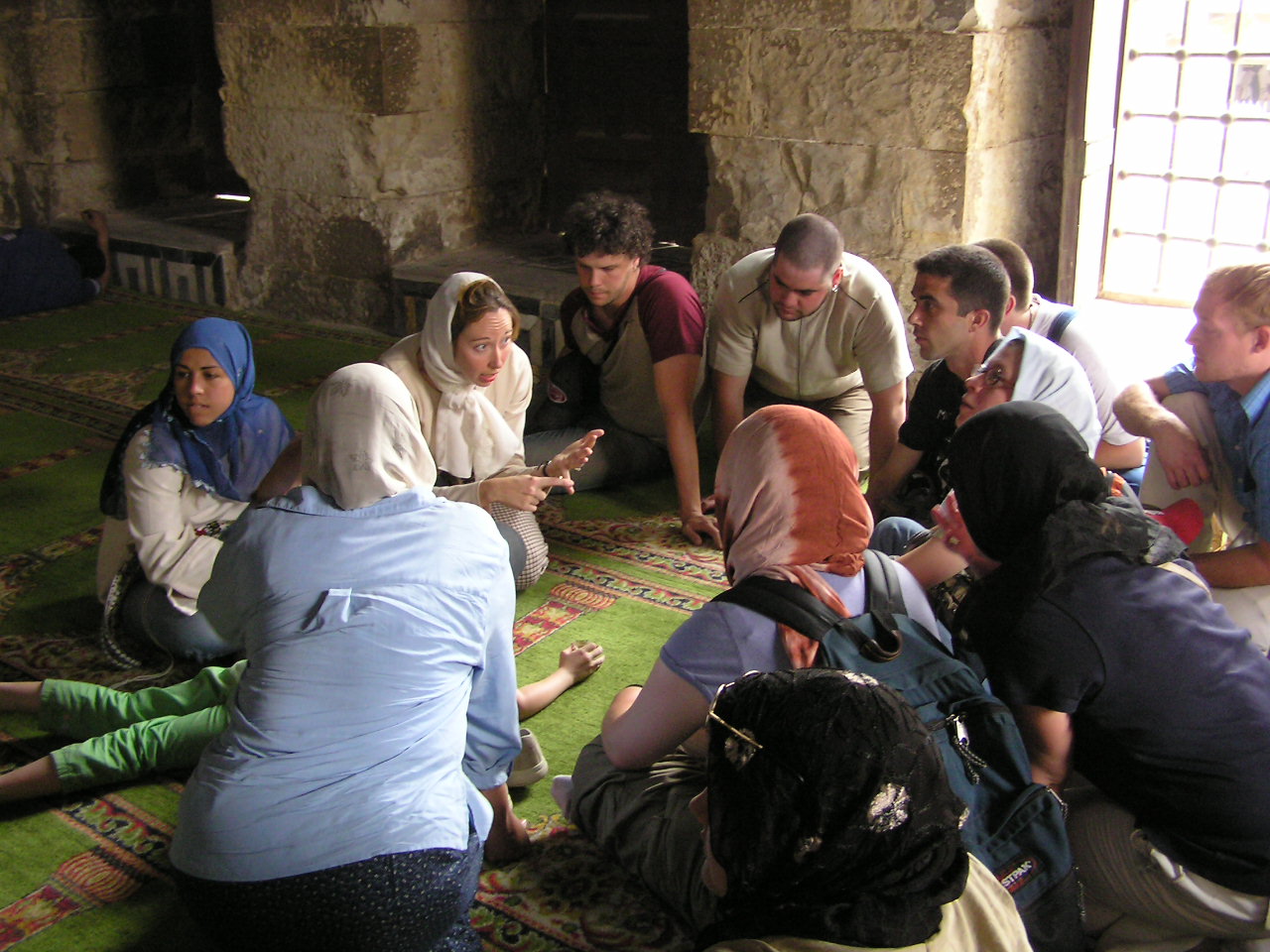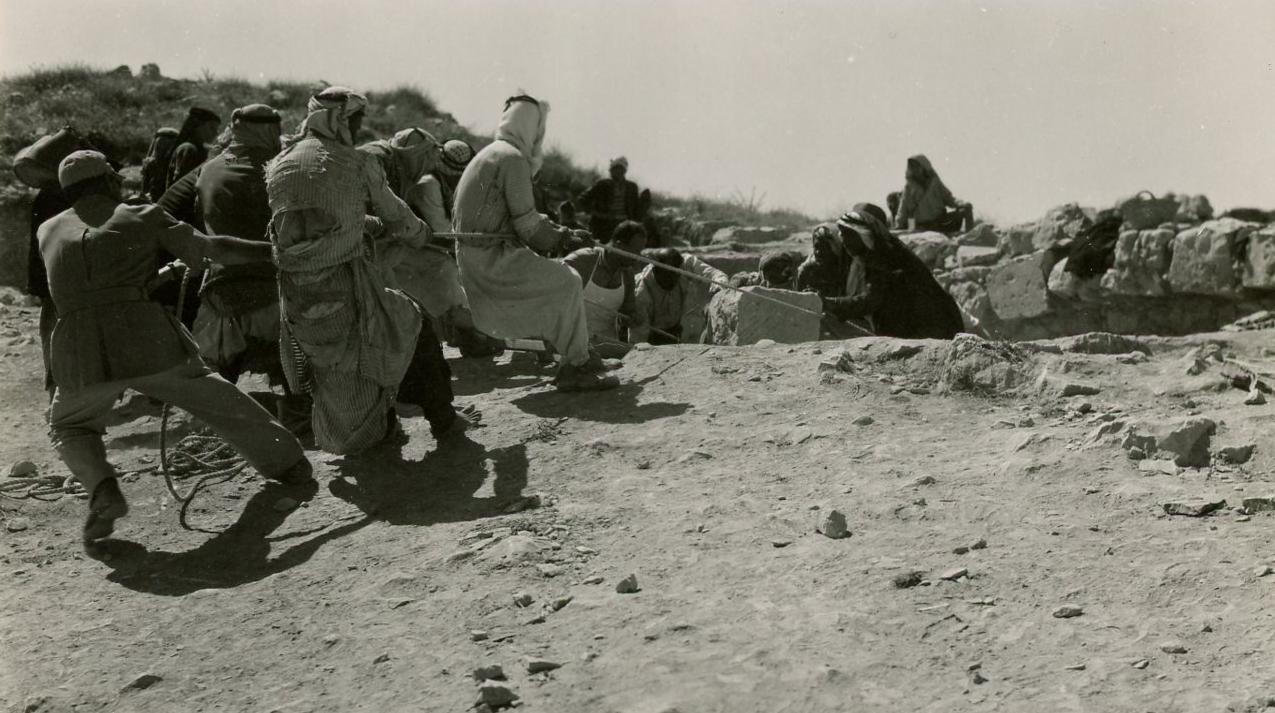Heritage Mapping and Data Integration
In continuing our discussion on the cooperative agreement between the U.S. Department of State and ASOR, known as the Syrian Heritage Initiative, focusing now on the initiative’s remote sensing, mapping and arches. I’m speaking with Dr. Scott Branting […]
Horrors of War in the Ancient Near East
War in the Middle East seems ever-present. But the study of war has been neglected, no more so than in the ancient Near East, and especially its impact on non-combatant populations. After the Second World War, military history became a marginal discipline […]
Ur of the Chaldees. A Virtual Vision of Woolley’s Excavations at Ur
By: Gareth Brereton Tell al-Muqayyar - better known as the ancient city of Ur - is one of the most remarkable archaeological sites discovered in the Middle East. The remains of this ancient settlement form a mound rising to a height of more than twenty meters above the southwestern flood plain of the Tigris and […]
Psychedelics and the Ancient Near East
By: Diana L. Stein As courts today debate whether to legalize or regulate the use of drugs like cannabis, it is interesting to look at the history of man’s relationship with mind-altering substances. Several books, exhibits, and catalogues have recently explored the topic. Yet, despite the consensus that “every society on earth is a high […]
Archaeology Weekly Roundup! 4/18/14
If you missed anything from the ASOR facebook or twitter pages this week, don’t worry. We’ve rounded up some of this week’s archaeology news into one convenient post. If we missed any major archaeological stories from this week, feel free to let us know in the comment section! [list type=”icons-book”] Archaeologists head back to Roman […]
Hussein’s Head and Importance of Cultural Heritage
By: Michael Press, Research Fellow at the Center of Advanced Spatial Technologies University of Arkansas In recent years archaeologists have sounded a nearly continual warning about threats to cultural heritage, from artifacts to buildings to sites, in the Middle East. This began with Iraq and now, after the events of the Arab Spring, continues especially […]
Choosing Islamic Archaeology, Mentoring and Directing, and Looking to the Future
By: Dr. Bethany J. Walker Annemarie Schimmel Kolleg, University of Bonn When I was asked to contribute to ASOR’s blog posts celebrating women in Middle Eastern archaeology, I was honored and perplexed. My personal story is not particularly special or interesting, in my eyes. I am happy to share it, however, as it is in […]
Archaeology Weekly Roundup! 2-21-14
If you missed anything from the ASOR Facebook or Twitter pages this week, don’t worry. We’ve rounded up some of this week’s archaeology news into one convenient post. If we missed any major archaeological stories from this week, feel free to let us know in the comment section! [list type=”icons-book”] A linguistics professor claims he’s decoded 10 words […]
“Cultural Heritage Protection in Zones of Armed Conflict: Lessons Learned and Future Strategies” with C. Brian Rose (Video)
ASOR is delighted to have the opportunity to share a video of the Plenary Address given at ourAnnual Meeting by C. Brian Rose. The video can be found at the bottom of this post. Rose is the James B. Pritchard Professor of Archaeology at the University of Pennsylvania, a past president of the […]
Hazor in the Ninth and Eighth Centuries BCE: From Omri to the Assyrian Destruction.
ANE Today Editorial Introduction:* David and Solomon are controversial historical figures, but their successors, especially the Israelite dynasty of Omri, are not. Hazor was a thriving center of the northern kingdom of Israel. Its extensive remains illustrate the life of Iron Age cities as they fell under the shadow of the Assyrian onslaught. By: Débora […]
ASORtv: How the Grants Help
When ASOR Director Andy Vaughn traveled to Israel and Jordan in, he met up with recipients of the Platt and Heritage Fellowships. He asked them three questions… What is the most exciting thing to happen on a dig? How has this grant helped you? What is the strangest and/or toughest thing to happen on a dig? In this […]
Words in the Sand: Discovering A New Monumental Latin Inscription at ‘Ayn Gharandal (Ancient Arieldela), Jordan
By: Robert Darby & Erin Darby “The stone was huge, well over 500 pounds. It was quite a thing to witness. It was face down in the dirt, and using lots of muscle the workmen were able to stand it up. I looked at it and all I saw on its face was packed sand. […]






